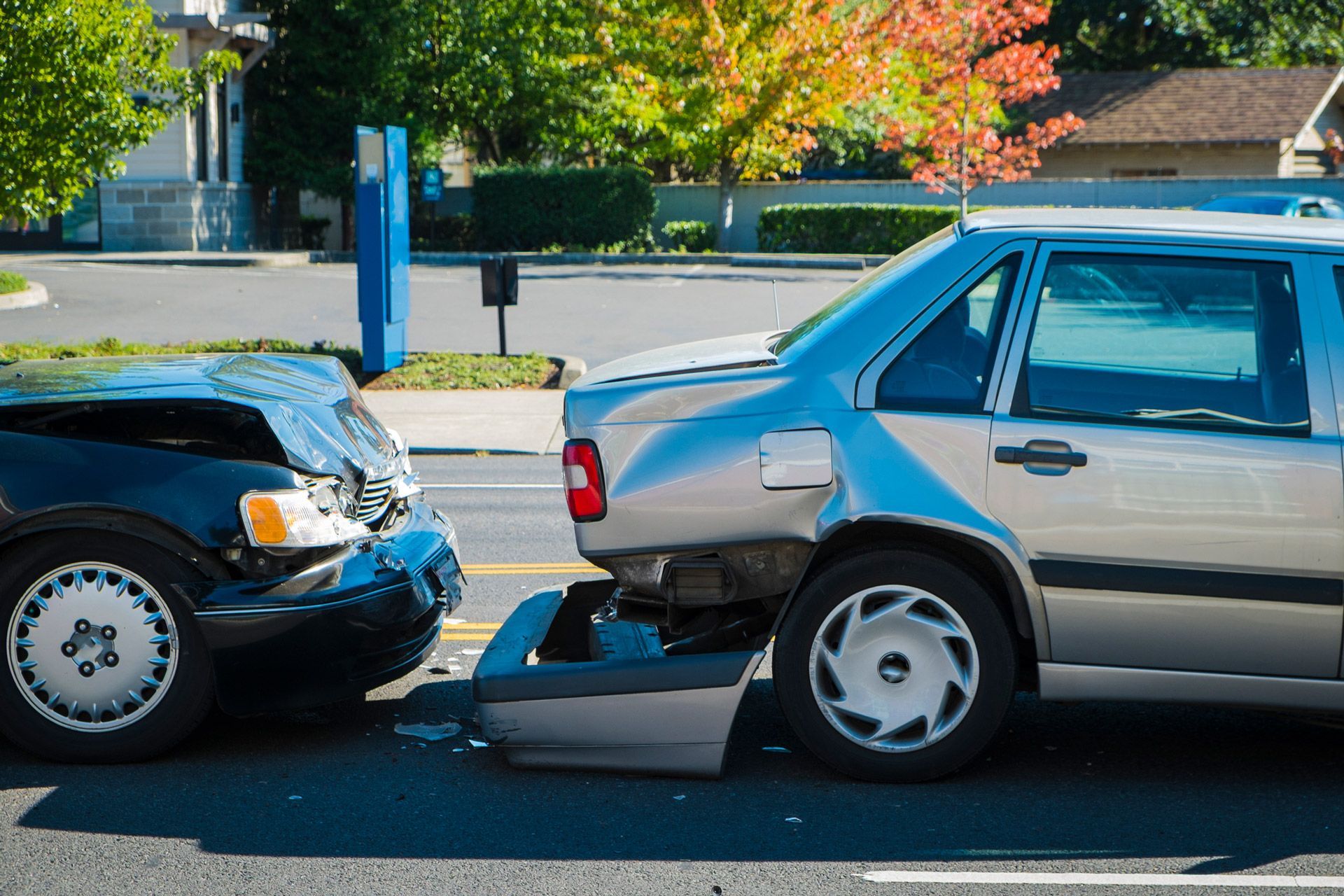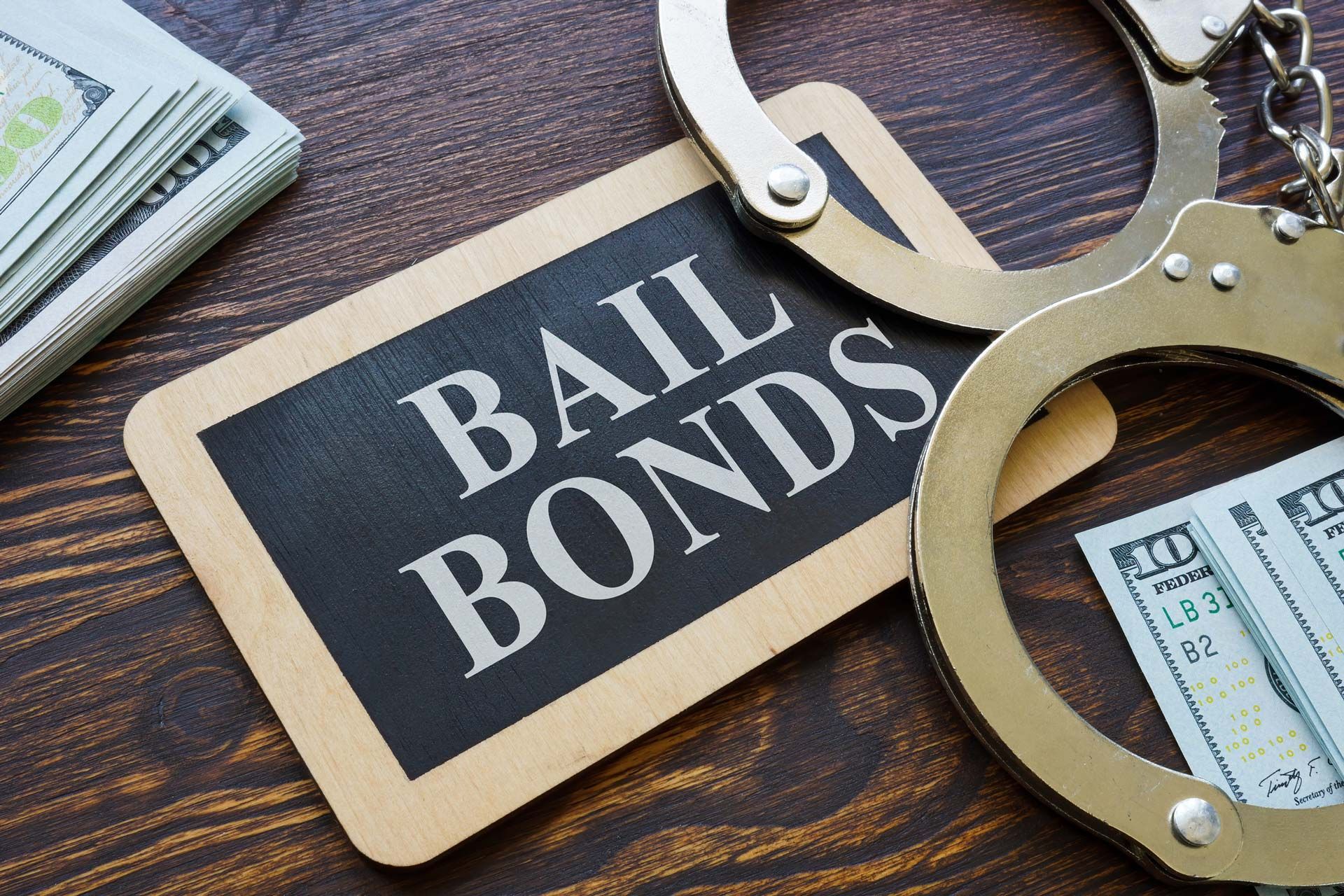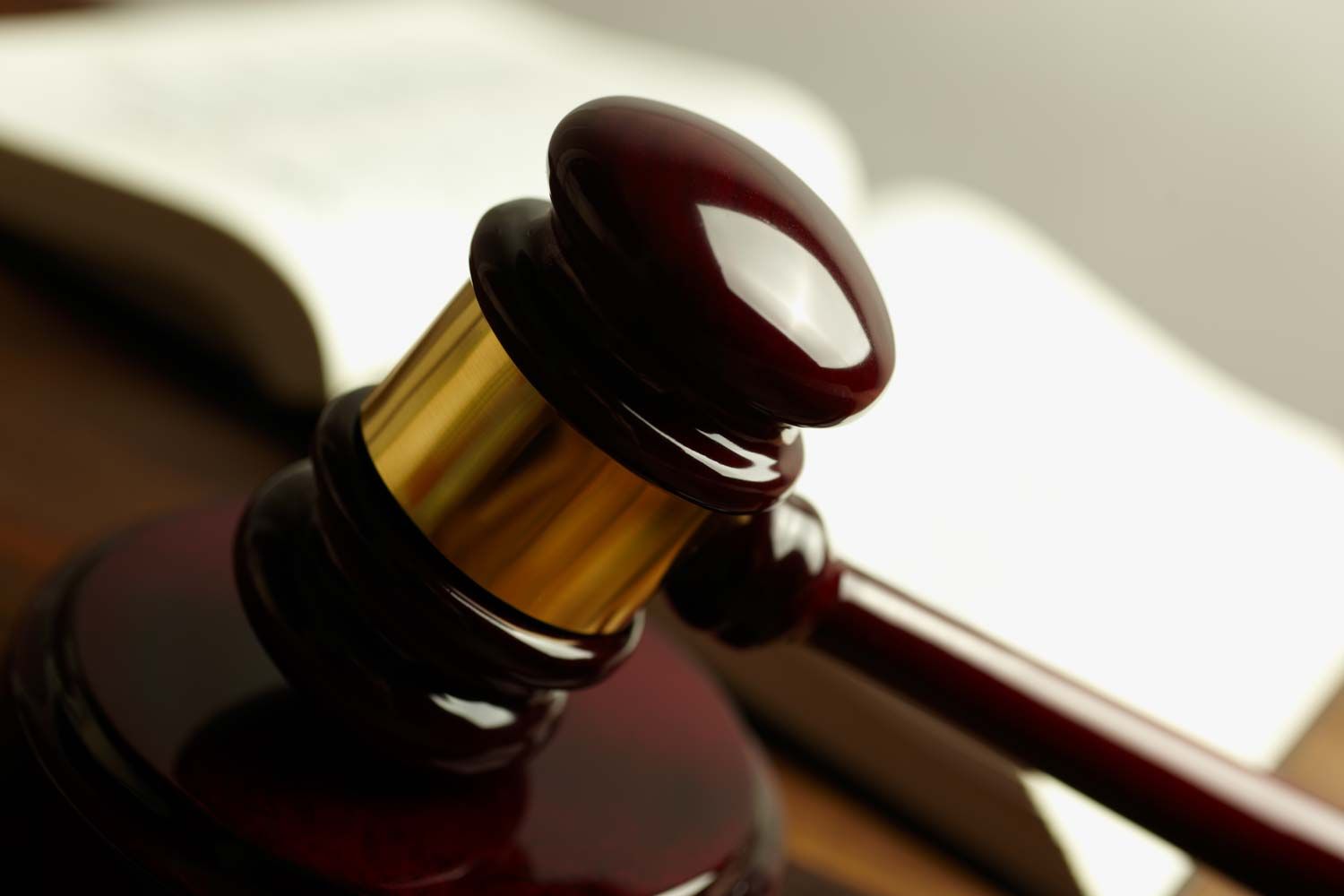Protecting Your Case Against Social Media Sabotage
Social media has revolutionized the way we communicate with [...]
You have just been in an auto accident. Your car is damaged and you are injured. Who is going to pay for your damages? What kind of auto insurance do you have? Do you know? It is very helpful to us, as lawyers, to be able to review your auto insurance policy during the initial free consultation after an accident. I ask my clients, “Have you reviewed your auto insurance policy? Do you know what type of coverage you have? Do you know what your coverage means?” More often than not my client responds that he or she really does not know the answers to these questions and asks for advice.
Understanding car insurance is important. The best way to make sure you are getting the right amount of coverage (and not overpaying for it) is to have a thorough understanding of the various types of coverage that are available. It is important to remember that, if you or someone you know was injured in a car accident , it is imperative that you call the best car accident attorney Las Vegas has to offer.
In this article, we will discuss the ins and outs of Nevada Car Insurance. There are two types of coverage available to motorists:
Liability Insurance Coverage is coverage for damages you (or in some cases your vehicle while being operated by others) cause to others (and the property of others). This is the one type of auto insurance that you are generally required by law to purchase. Under NRS 485.185, the State of Nevada requires every owner of a motor vehicle which is registered in the State to provide insurance:
1. In the amount of $25,000 for bodily injury to or death of one person in any one accident;
2. Subject to the limit for one person, in the amount of $50,000 for bodily injury to or death of two or more persons in any one accident; and
3. In the amount of $20,000 for injury to or destruction of property of others in any one accident, for the payment of tort liabilities arising from the maintenance or use of the motor vehicle.
However, we recommend that you have what is known as Full Coverage. This means that your policy will also have Uninsured and Under-Insured Motorist coverage. If your vehicle is struck by a driver with no insurance, this coverage pays for damages to your person or the other people in your vehicle. If the driver who struck your car has insurance, but it isn’t sufficient to pay for all the damages, this insurance will also take over and pay the remainder.
We strongly recommend you add Medical Payments Coverage to your current auto insurance policy if you do not already have it. Medical Payments Coverage can help cover the medical or funeral expenses of covered drivers and passengers after an accident, regardless of fault. In Nevada, it’s an optional addition to your car insurance policy. If you don’t have a health plan, your plan won’t cover car accidents, or if your plan has low limits, you may want to add medical payments coverage. In some cases, this car insurance coverage can actually help cover your health plan’s deductible. There is no right of subrogation as there is with most health insurance plans, which means Medical Payments Coverage pays for your accident related medical bills and you don’t have to pay the plan back at all. Most health insurance plans require you to pay them back out of any settlement you get from the at-fault driver’s insurance.
There are many other types of coverage that may be beneficial to you such a Comprehensive, Collision, Rental Car, Towing and Emergency Roadside Service. Please contact our office and ask to speak to one of our attorneys if you want a free review of your auto insurance policies to determine if your coverage is adequate. We hope that you never get into an accident, but if you or someone you know does become injured in a car accident, please call Craig P. Kenny & Associates today for a completely free case review!
By CPK LAW | October 22nd, 2018 | Categories: Las Vegas Personal Injury |
Social media has revolutionized the way we communicate with [...]
By CPK LAW | October 16th, 2018 | Categories: Las Vegas Personal Injury |
Our job as your Las Vegas car accident attorney is [...]
By CPK LAW | October 8th, 2018 | Categories: Las Vegas Car Accident , Las Vegas Personal Injury |
You’ve been in an accident. You’ve gone to the [...]
By CPK LAW | October 8th, 2018 | Categories: Las Vegas Personal Injury |
You have just been in an auto accident. Your [...]
By CPK LAW | October 4th, 2018 | Categories: Las Vegas Car Accident , Las Vegas Personal Injury |
Imagine this... You are driving to Disneyland and just [...]
By CPK LAW | October 2nd, 2018 | Categories: Auto Accident |
You can be the greatest quarterback in the NFL, [...]
The post Understanding Nevada Car Insurance appeared first on Craig P. Kenny & Associates.








Hayley Price is a knowledgeable and experienced attorney. Hayley made me feel like I was her only client; she gave me great advise and was ready to fight to resolve my case. I will without question refer Hayley to family and friends.
Thanks again Hayley – Anthony P.

These guys are great. Very efficient and handled what I needed very professionally. Highly recommended. – Autumn W.

A friend recommended I call them for my speeding ticket. The lady informed me since it was my first offense Las Vegas Municipal Court was already offering ticket reduction, no traffic school, and no points as long as I pleaded no contest and paid online. She could’ve easily gotten me for my $50 and I wouldve never known! She even walked me through the whole process online. I wish I could give this place 10 stars. – Amanda G.

They were super helpful I went to them when I got into a car accident they took care of everything and immediately set up an appointment to see some doctors super friendly staff. Car accidents can be super stressful and they made me feel welcomed and cared for. 10/10 would definitely recommend. Hopefully I have no more car accidents but if I do they’re my people to go to. – Rachell M.

I'm writing this review on behalf of my husband who was involved in a car accident with a drunk driver while he was coming home from work in a middle of the night. Because of the personal injuries and the car damage we contacted Craig P. Kenny & Associates. Lawrence E Mittin and his team were very committed in making the whole process so much easier for my husband who needed to see several doctors because of the injuries. In the end, my husband received a very nice settlement. Thank you for all the work Lawrence E Mittin! We will recommend this law firm to anyone in need. – Ioana R.

Paul Kirst with Craig P Kenny & Associates is an efficient, trustworthy personal injury lawyer who gets results! He recently handled a traffic violation for me smoothly and with exceptional results, even in the midst of common quarantine close-down challenges. I had the opportunity to interact with him during the process and enjoyed his tension-reducing humor, and appreciated his knowledge and understanding of the law and related court systems. Paul kept me updated through the process, explaining both the how's and the why's. His office was communicative and followed up faithfully by email and phone. They even sent reminders regarding the final court processing fees and deadline. The five star way that Paul resolved a small legal matter confirmed that I will return to his care should I need a top notch personal injury lawyer for a large matter. Thank you, Paul! – Teri A.
NEW FROM THE BLOG


Phone: 702-380-2800
Toll Free: (888) 275-3369
Fax: (702) 380-2833
Email: ckenny@cpklaw.com
Address: 501 S. 8th St., Las Vegas, NV 89101